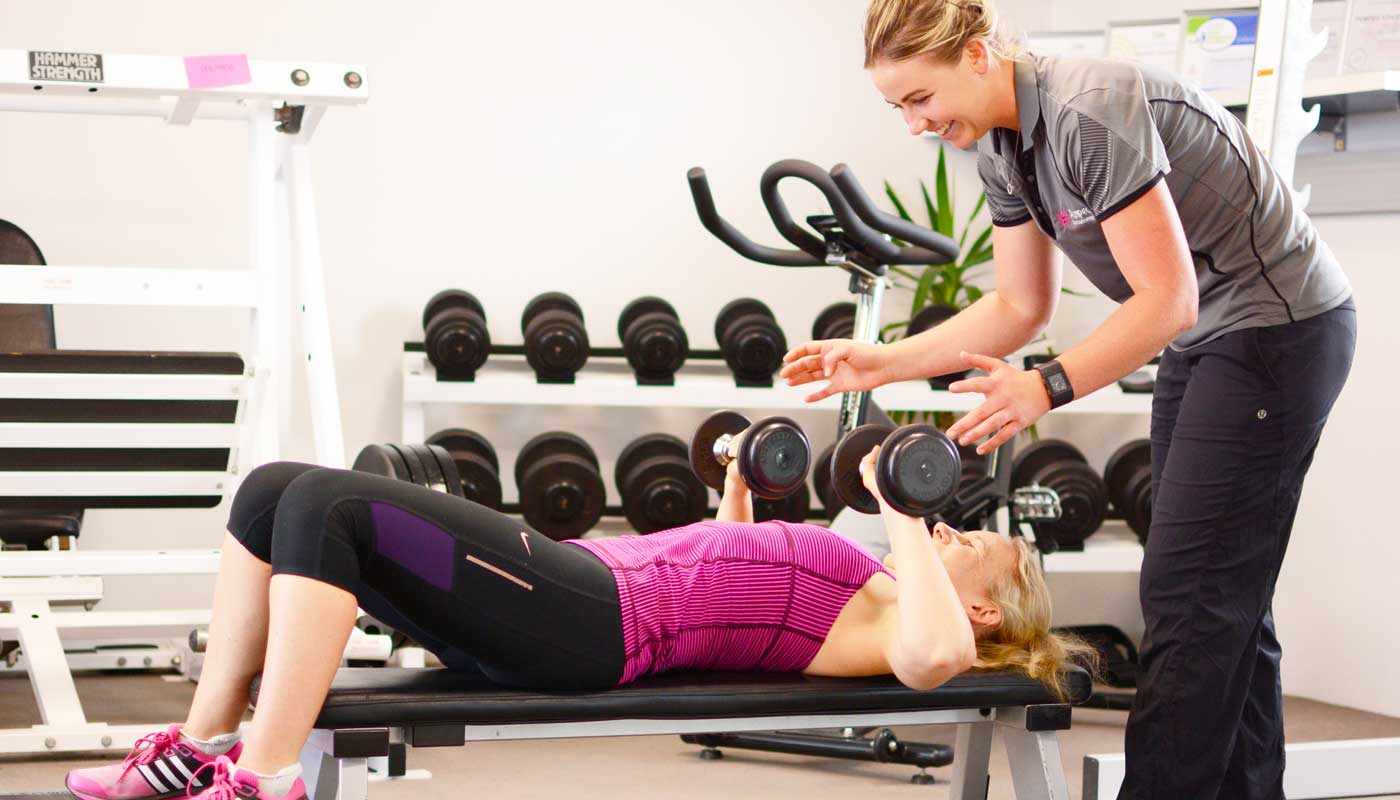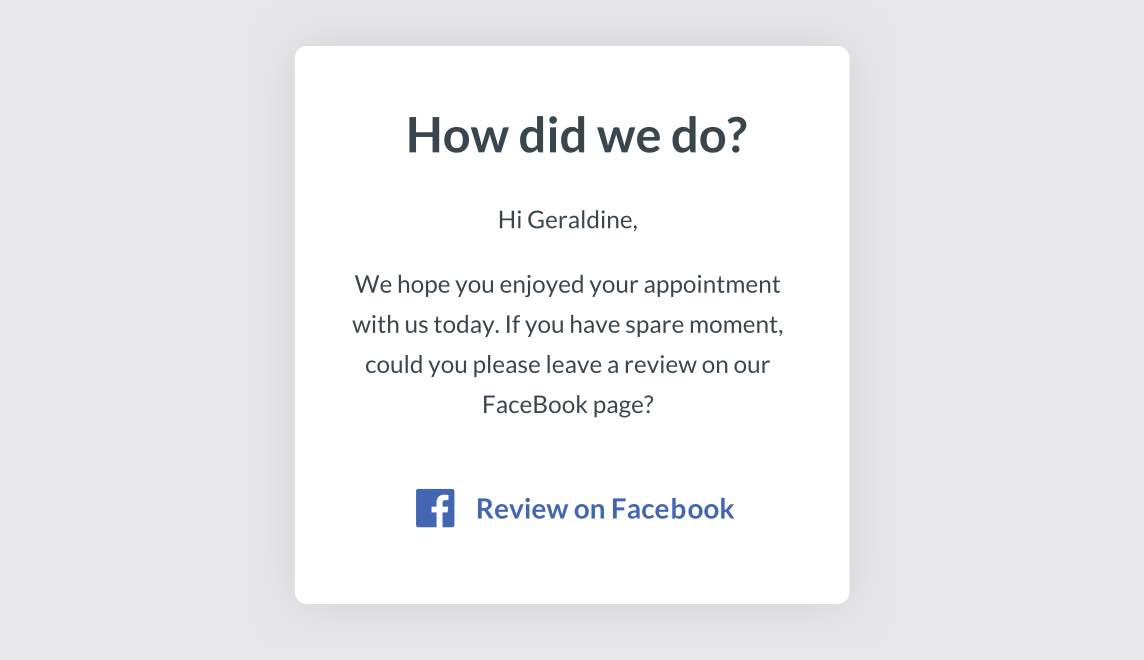How can body-positive marketing boost your fitness business?

A quick glance at any newsstand will reveal a multitude of wellness magazines with “healthy,” “fit” bodies shrouding the covers. But take a look around you – those bodies don’t always reflect our world. If you’re only using these fitness stereotypes in your marketing, you might be missing out on a whole lot of potential clients.
I have a problem with these images. Yes, it is nice to goggle at fitness models and aspire to possessing a healthier or stronger body – whatever your goals may be. But the uniformity of these models is a stark contrast to the shapes and sizes that actually make up our world.
There’s not just one way to be fit, strong and healthy, and there’s not just one way to market a fitness business, but advertising doesn’t always tell that story.
Defining Fit and Healthy
What does it mean to be fit anyway? Sports and physical activities are so varied. Each discipline requires unique sets of skills and physical strengths to succeed.
The Olympic games are a perfect example; most would consider all of these athletes to be healthy, fit and strong. Yet not all of these athletes possess this homogenous body.
There are all sorts of body types, and all of them can excel at fitness.

The somatotypes shown above are our underlying physiques. You can’t change your somatotype through diet and exercise. All somatotypes can be healthy – or unhealthy. Fitness cannot be determined by a single somatotype, no matter what advertisers would have you believe!
Is your advertising excluding your bottom line?
Aside from communicating the wrong message to consumers about what it means to be fit, body-positive marketing can help generate more business at your fitness facility. It’s not about excluding conventional models either – it is about including the many different faces of health and fitness in your marketing.
The ‘stereotypical fitness model’ only resonates with a small selection of people. Without creating alternative, or all-encompassing, ways of marketing, you may be cutting directly into your own bottom line.
Think about the hordes of potential clients who are sedentary or under-active and who most need your services. If people believe there is a physical prerequisite to be involved in your facility, they may believe your service is not right for them.
On the other hand, if someone believes that they’re already the “right” shape, why should they sign up for fitness classes? This kind of body-specific marketing misses out on more people than you think.
So what are the alternatives?
There are many ways you can help your clients gain a healthy perspective on what it means to be fit and well, and hopefully attract more people to your business in the process.
Show off the many faces of fitness
We’ve all seen the ads a million times: men with chiseled abs gazing down at their flexed biceps. Women dressed for the beach with sun-kissed skin, ‘glowing’ rather than sweating.
Do you look like that when you work out? I sure don’t. And while I, as a long-time fitness junkie, am not intimidated by those kinds of ads, others might be. Men and women alike can be really sensitive to these idealised portrayals of health and fitness in the media.
Your advertising goal is to grab attention and elicit a response. While images of lean, young, conventionally attractive people can evoke powerful emotions that sell products, fewer consumers are buying into that kind of message as we become more educated about the realities of fitness and fitness marketing. Realistic advertising can benefit your business by attracting clients who may previously have felt too intimidated, or unwelcome, to start an exercise program.
You certainly don’t have to fit within the narrow constructs of our culture’s definition of perfection in order to step foot inside a gym or to start an exercise program – so why would you want to portray that in your marketing?
“Advertisements…form the popular assumption that fitness ideals ‘speak to all’ while quietly and inevitably including some bodies and excluding others.” – Body Panic: Gender, Health and the Selling of Fitness.
I have to tread carefully when marketing my business, Barre Base. Many people believe that barre fitness is purely for dancers, or that you need to be a certain size, or be able to do the splits before you can join; this isn’t the case.
We try our best to avoid perpetuating these stereotypes. When we use images only of young, slim, female dancers, we turn away so many clients. Instead, we take photos of ourselves and our clients doing barre movements. People can see who is really engaging in our services.
You want people to think “If they can do it, why can’t I?”
Choose your words wisely
Fitness facilities often use language that describes exercise as way of punishing our bodies – ‘no pain, no gain’. This style of language is common in the fitness industry and implies that our bodies are bad – and require this punishment. This language can put off many potential clients.
Rather than encouraging people to punish their bodies through exercise, fitness facilities can inspire clients to engage in fitness that makes them feel good.
Measure success differently; focus on feeling
Your advertising should underscore the message that an improved appearance is just one benefit of exercise, not the main goal. Focusing solely on appearance can turn off some people and create unrealistic expectations. After all, if your fitness goal is to have a certain-sized waist, why would you continue exercising once you get there?
Focus on the positive feelings associated with fitness and self-image, such as:
- increased energy
- confidence
- inner strength
Be sure that you’re consistent with what you promote. When working with clients, create ways to track their progress which aren’t solely aesthetic. Ask them to notice when they’re able to do something they couldn’t the previous week, and take pride in that.
Take the focus off size, shape and appearance and focus on feeling.
Market a fitness business through measures of happiness, inner strength and positive body awareness – it’s both refreshing and empowering.
Fitness makes you feel good; it can be fun, social, and mentally invigorating. So sell that!
So what should you remember for your next advert?
- Healthy and fit bodies come in different shapes and sizes.
- Body size and weight do not predict happiness, success, or health.
- Unrealistic images in the media can damage your bottom line.
- Measure success in different ways; focus on feelings.
Think back to our Olympic example: fit doesn’t have a homogenous look. Remember this when you are choosing imagery. Diversity will speak loudly to the community – to their body shapes, but also to their goals.
Health and fitness means different things to different people, and looks different on different people. Take your own steps to create alternate ways to truly represent wellbeing, and start welcoming more clients through your doors.

